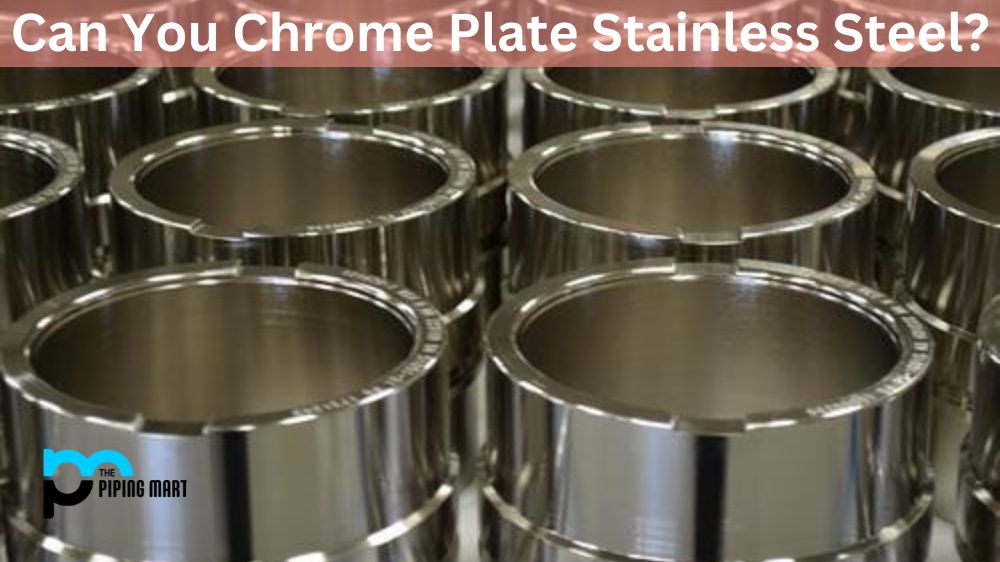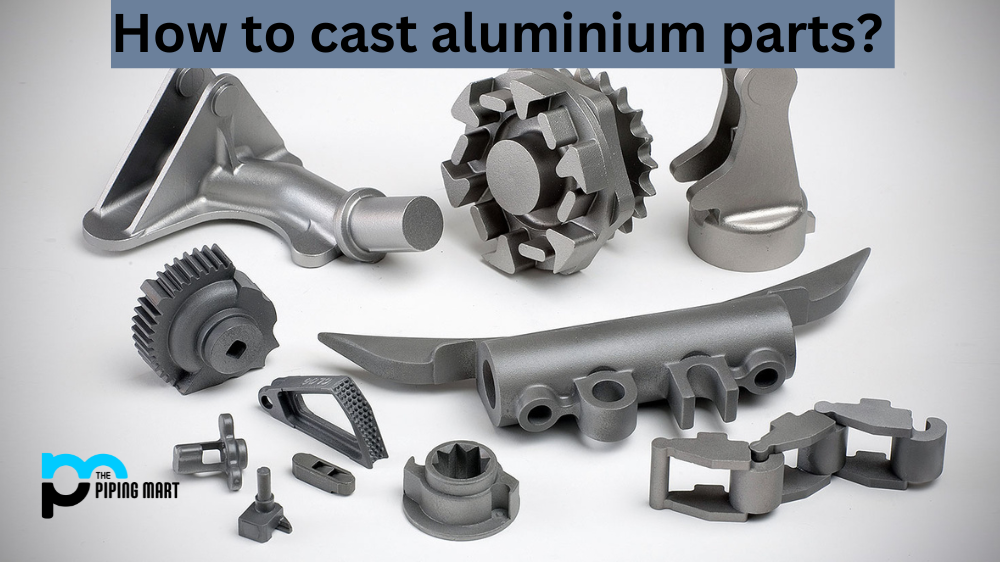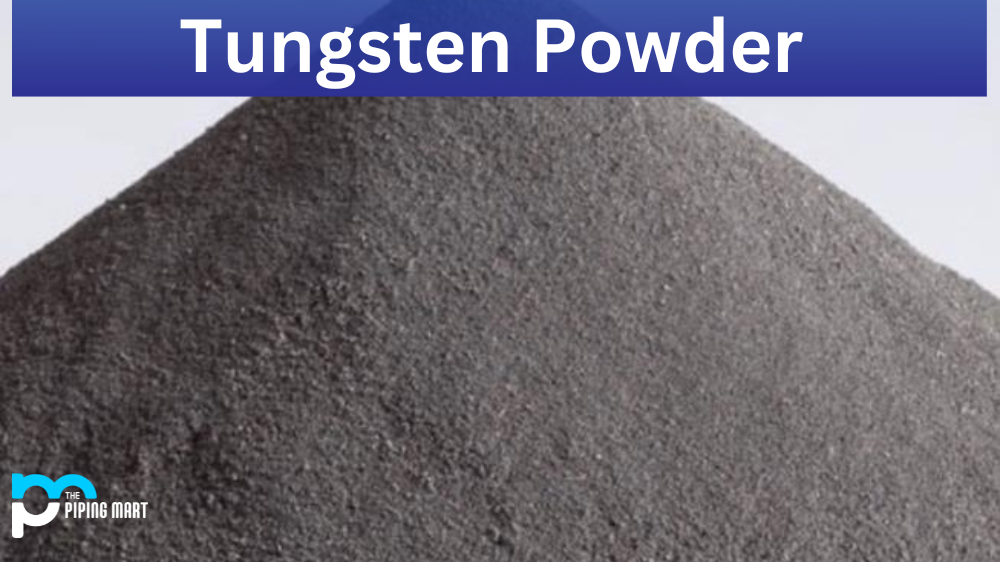When it comes to metals, there are a few dozen that are commonly used in industrial applications. Two of these metals are Incoloy 825 and Inconel 825. While both of these alloys have similar names, they have some important differences that engineers should be aware of when deciding which metal to use for their project. Let’s take a closer look at the differences between Incoloy 825 and Inconel 825.
Incoloy 825 Vs Inconel 825
Incoloy 825 and Inconel 825 are both nickel–based alloys, but they have some key differences. Incoloy 825 is an alloy of nickel, chromium, and iron, while Inconel 825 is an alloy of nickel, chromium, iron, and molybdenum. Incoloy 825 is more resistant to corrosion than Inconel 825, but Inconel 825 has higher strength and better creep resistance at elevated temperatures. Incoloy 825 is also more resistant to stress corrosion cracking than Inconel 825.
Chemical Composition
The first difference between Incoloy 825 and Inconel 825 is their chemical compositions. Incoloy 825 is composed primarily of nickel, chromium, iron, copper, molybdenum, and manganese. Inconel 825, on the other hand, is composed primarily of nickel, chromium, iron, molybdenum, aluminum, niobium, titanium, cobalt, carbon, and sulfur. This difference in composition results in some different physical characteristics for each material.
Physical Characteristics
In terms of physical properties like hardness and tensile strength, Incoloy 825 has higher values than Inconel 825 because of its higher alloy content. For example, the Rockwell Hardness value for Incoloy is typically around C35, whereas, for Inconel, it is typically around C30-C32. The tensile strength for Incoloy can range from about 80ksi to 120ksi, whereas the tensile strength for Inconel will generally range from about 75ksi to 95ksi, depending on heat treatment conditions. Additionally, Incoloy has better corrosion resistance than Inconel due to its higher alloy content which makes it more resistant to chloride stress corrosion cracking (SCC).
Other Differences
In addition to chemical composition and physical properties, there are a few other differences between Incoloy 825 and Inconel 825 worth noting. For example, Incoloy has better weldability than Inconel due to its lower carbon content, while Inconel has better formability than Incoloy due to its lower yield strength. Inconel also has higher thermal conductivity than Incoloy, which makes it a better choice for certain high-temperature applications where thermal management is important such as automotive exhaust systems or jet engines.
Conclusion
In conclusion, it’s clear that there are some important differences between Incoloy 825 and Inconel 825 that engineers should consider when selecting a material for their project or application. Incoloy has better hardness and corrosion resistance properties but inferior weldability compared to Inconel, whereas Inconel has better formability but inferior thermal conductivity compared to Incoloy. Ultimately each material will have advantages over the other depending on the specific application, so engineers must carefully weigh their options before making a selection!

Abhishek is a seasoned blogger and industry expert, sharing his insights and knowledge on various topics. With his research, Abhishek offers valuable insights and tips for professionals and enthusiasts. Follow him for expert advice on the latest trends and developments in the metal industry.




